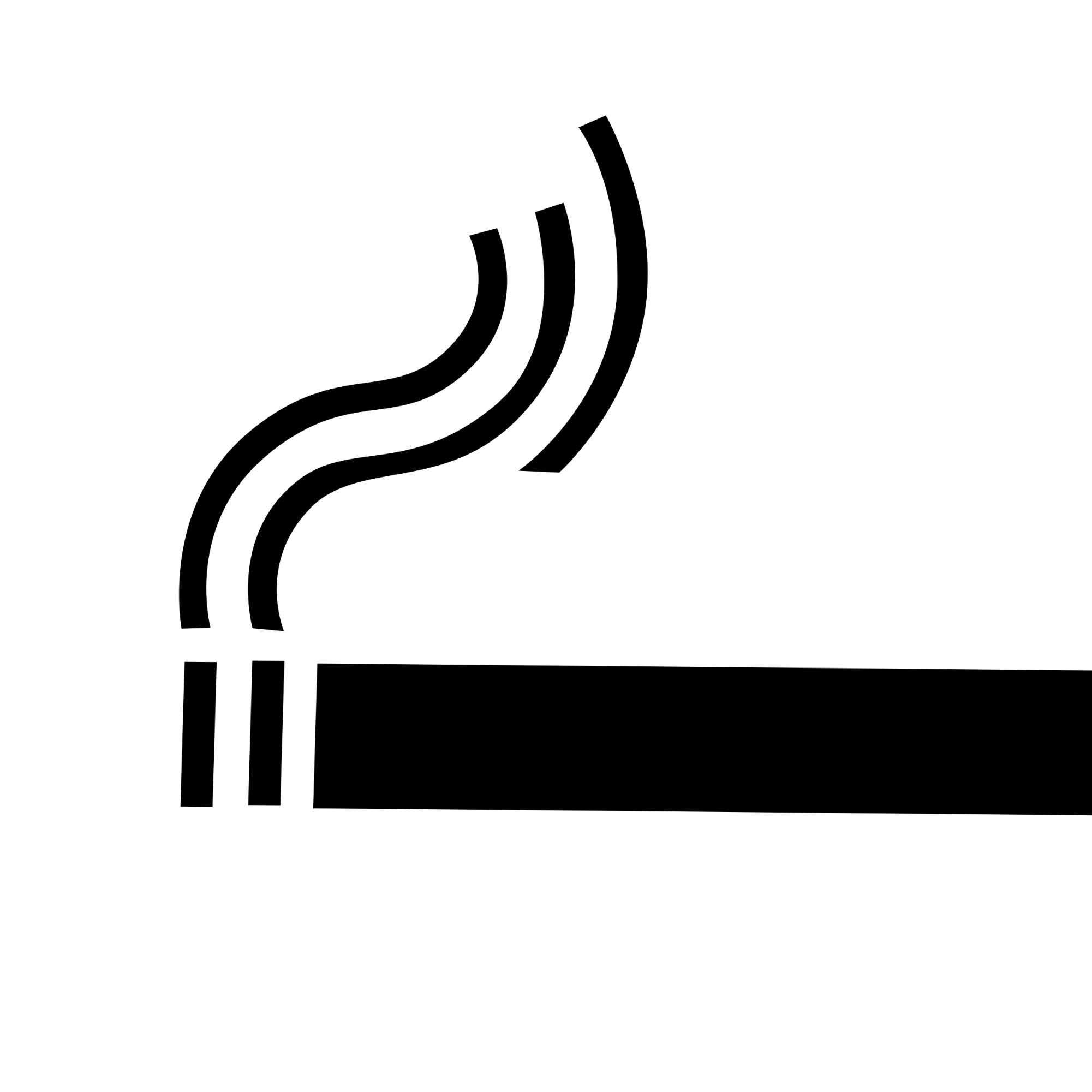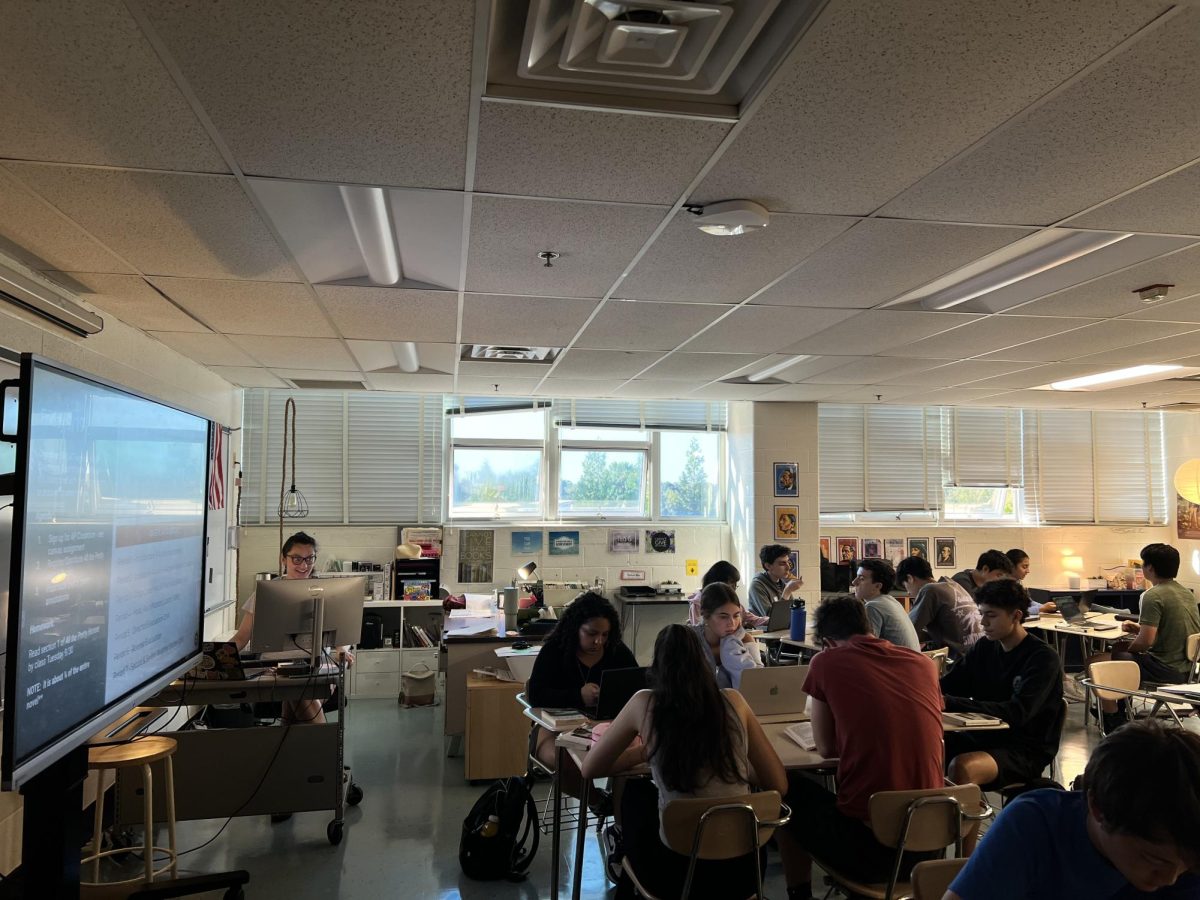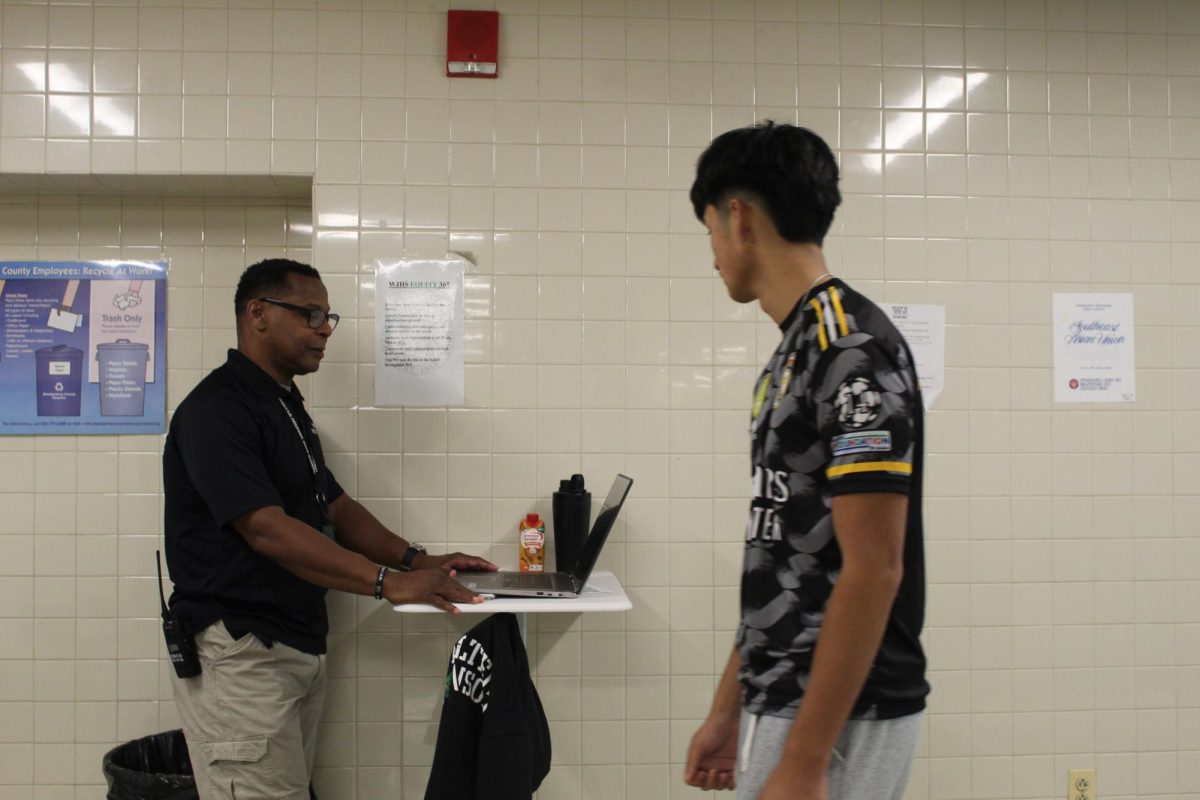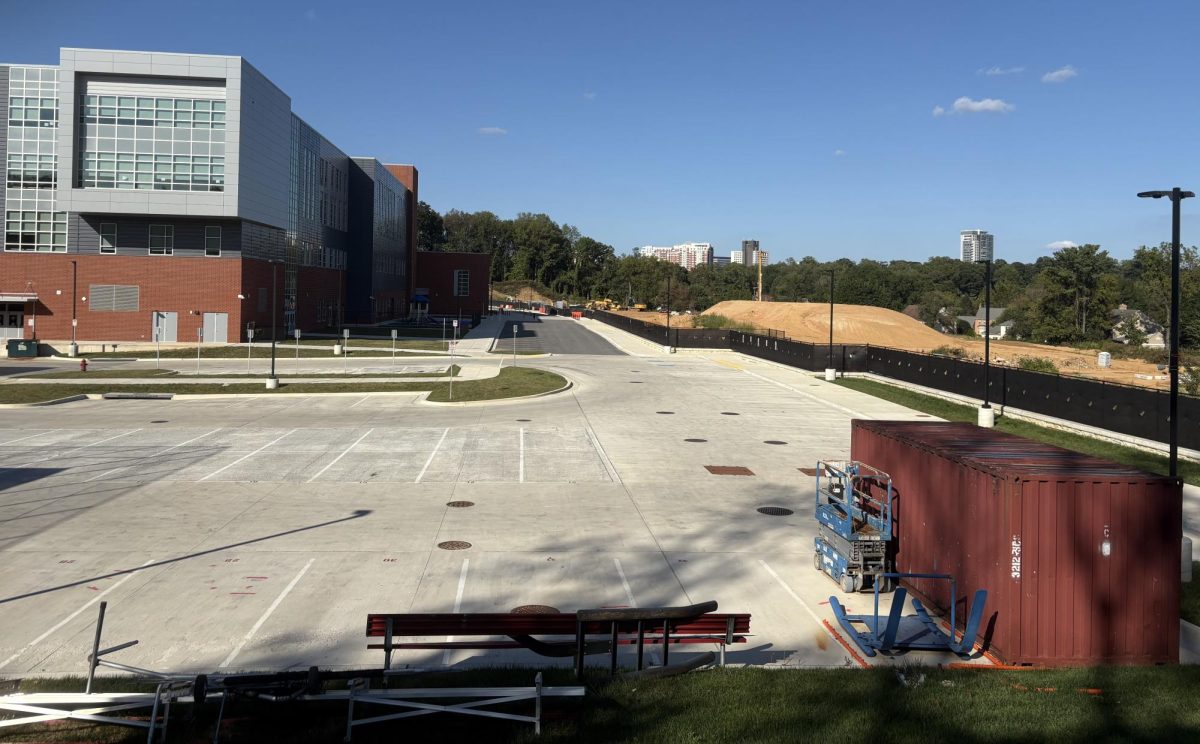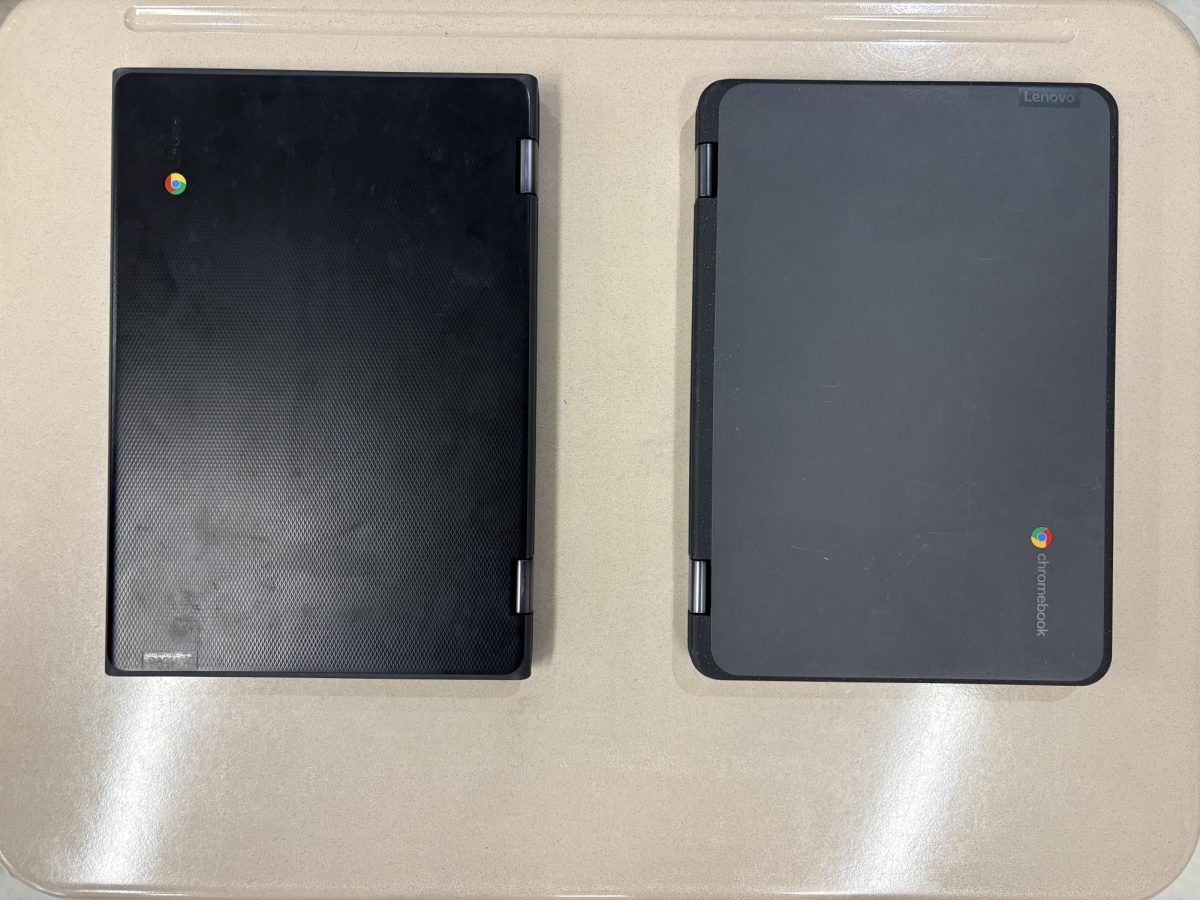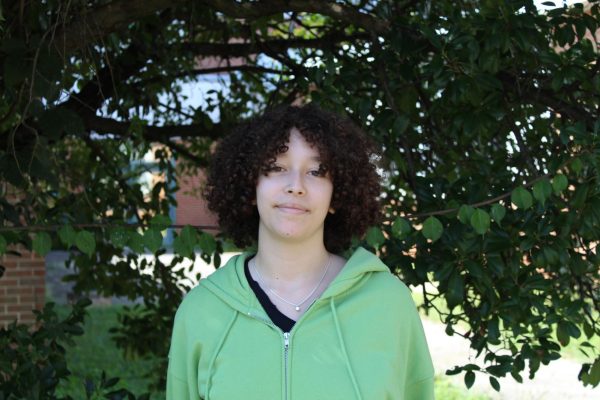The smells of fruity chemicals and marijuana mixed with the smells of the bathroom are unpleasant but too familiar to WJ students.
It is known among students that the bathroom is the chosen “smoking” area, with herds of students joining together to have a ‘smoke break.’ Students who aren’t participating struggle to go to the bathroom, oftentimes occupied by more than one pair of feet in a stall.
“It depends on which period, but there’s crowds of people, and they’re usually all vaping,” sophomore Brianna Barahona said.
Although the county is taking action by implementing vape detectors into MCPS high school bathrooms, for now, security simply stands outside the bathrooms and does their routine checks.
“It’s so hard because there’s only so many security guards, and they have so many other things to deal with,” health teacher Paula Cross said. “Being a potty monitor is a lot of work. Who wants to stand and patrol the bathroom?”
According to the Maryland Department of Health 2022-2023 Youth Risk Behavior Survey and Youth Tobacco Survey Data, 14% of high school students reported using marijuana in the past 30 days, and 19% of those students reported vaping marijuana. The same source stated that 50% of high school students who use tobacco also use menthol tobacco products, and 97% of those who use smoking devices vape other flavors besides tobacco.
Security guards often go into the bathrooms to check for skipping or smoking students. They can find students doing so when there is a crowd by the sinks or multiple students in a stall.
“I go in there to see if there’s anybody in distress, distress like an overdose,” security guard Kelly McDonnell said. “Then you look and see if there’s fighting or if there’s any type of vaping.”
Overcrowding in the stalls and around the sinks is a common occurrence, often restricting people who need to use the bathroom for its intended purpose.
“I just ask them to come out [of the stall],” McDonnell said. “Then you can usually tell by the smell. Not always, but usually.”
If a student is caught with a vaping device, then they are escorted to the main office to their administrator. Depending on the gender of the student, a corresponding security assistant will search the student’s bag and person.
The teacher’s protocol for when a student is suspected to be under the influence is to contact security if they believe a student is intoxicated. Security can make their own call if they see a student in some distress to take them to the nurse. From there, the nurse will take the student’s vitals and make sure that they’re okay.
“Of course, the student always denies,” school nurse Ki-Nam Kim said. “The only accurate number I have is [if] the blood pressure [is] elevated, I refer the student to the admins and say, ‘these numbers indicate this student may be under the influence.’ I never say intoxicated.”
There are levels of consequence for being intoxicated or possessing illegal substances at school. The MCPS 2024-2025 Code of Conduct explains these consequences with different severities.
Using or possessing nicotine products of any form falls under levels one and two. Level one is a teacher-led response where a student is referred to their counselor or they get detention. Level two is teacher-led/referred and administrative-supported responses involving ‘peer meditation,’ a process with the aim of resolving issues like vaping in school. When a student is referred to their administrator, they decide the appropriate response or consequences that the student faces.
The rules on the use and possession of drugs/controlled substances can range from level two to level five. This involves more action by admin, like assigning in-school suspension so students can continue to attend school but prevent the student from violating the rules by placing them in a different learning environment. Short-term and long-term exclusion from school, like suspension or expulsion, are also consequences of getting caught with drugs in school.
“[Getting caught smoking] usually involves some kind of in-school detention because they are breaking the school rules, so there are consequences,” Kim said. “Usually, admins have a list of the places and give that information to the parents to seek help.”
Aside from getting resources from the school or nurse, students struggling with addiction can go to www.infomontgomery.org. One can also use www.drugabuse.gov to get more information on the impacts of addiction and the effects drugs have on kids and adults alike.
“The first battle is students admitting they’re using it and that they need help,” Kim said. “That’s the big step, once that’s done, it’s a lot easier to deal with.”


